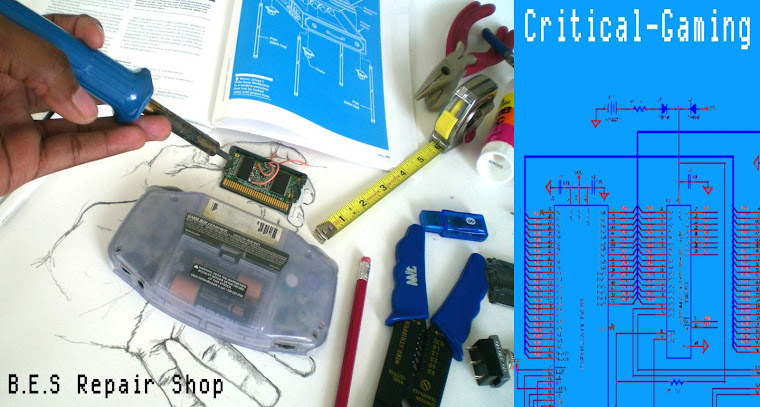Many would like to believe that we are now currently in an age that has moved beyond slow down. Though the frame rate in our modern releases may hiccup (GTA4), sputter (MGS4), or even drop to a cinematic 24 frames per second (Shadow of the Colossus), all of these performance slips are far better than back in the day when the games used to slow to a crawl. With the advent of widespread online gaming, many gamers now find it strange when latency issues are resolved by slowing down or even temporarily pausing the action for all players until the information flow can be reestablished.
My recent exploration of Bangai-O Spirits for the Nintendo DS has caused me to think about the possible design benefits of slowdown. Unlike bullet time, where the game time is slowed usually by the player to enhance reaction time and accuracy, slowdown happens as a result of an excess of onscreen elements that require graphics and collision processing. In Bangai-O's case, when the player launches a counter attack of 100 homing missiles, the game automatically slows down. The benefits for the slower gameplay are the same as with bullet time. When the game is slowed down, the player has additional time to process and analyze the game. But unlike bullet time, the amount of slowdown that occurs is directly proportional to the amount of in game "chaos" on screen. Like the smart slow-mo from Perfect Dark that activates when two players in a multiplayer match move within a certain proximity of each other, slowdown makes the game time relative to action and position.
So what about Bangai-O Spirits for the DS? One might initially think that the the DS processors and wifi connections aren't better suited than an Xbox360 for the task for communicating the chaos of battle in a multiplayer mode. But slowdown, once again, plays a very key role in Bangai-O's case. The player should already be used to the contextually fluctuating game speed in the single player mode. So if the game slows down just a bit more to maintain communication with 3 other DSs, the player probably wouldn't notice. Because slowdown is an integrated part of the normal gameplay, using it as a sort of shield/buffer for multiplayer wireless communications is quite genius.
Bangai-O Spirits is a rare case indeed. Not only does it get away with massive slowdown that can drop as low as 1 frame per second, but in many ways the slow down works better for the gamepaly and multiplayer. In the moments when everything slows down, I have an opportunity to analyze the battle field, look at the map, check enemy health or any of the other stats before thinks kick back up in speed again. And for a game that accurately captures anime action in a video game, I'll take all the help I can get.
As modern games continue to push the technical limits of video games while maintaining relatively smooth gameplay and high frame rates, it's interesting to see that slowdown, which many consider to be a technical flaw, can be successfully embraced and incorporated into the core design of a game.
Stay tuned for my explosive review of Bangai-O Spirits.
And if you're worried about the future of slowdown and/or the potential in relative game speed and design, then look no further than Drebin #1 Asynchronous Time.




No comments:
Post a Comment